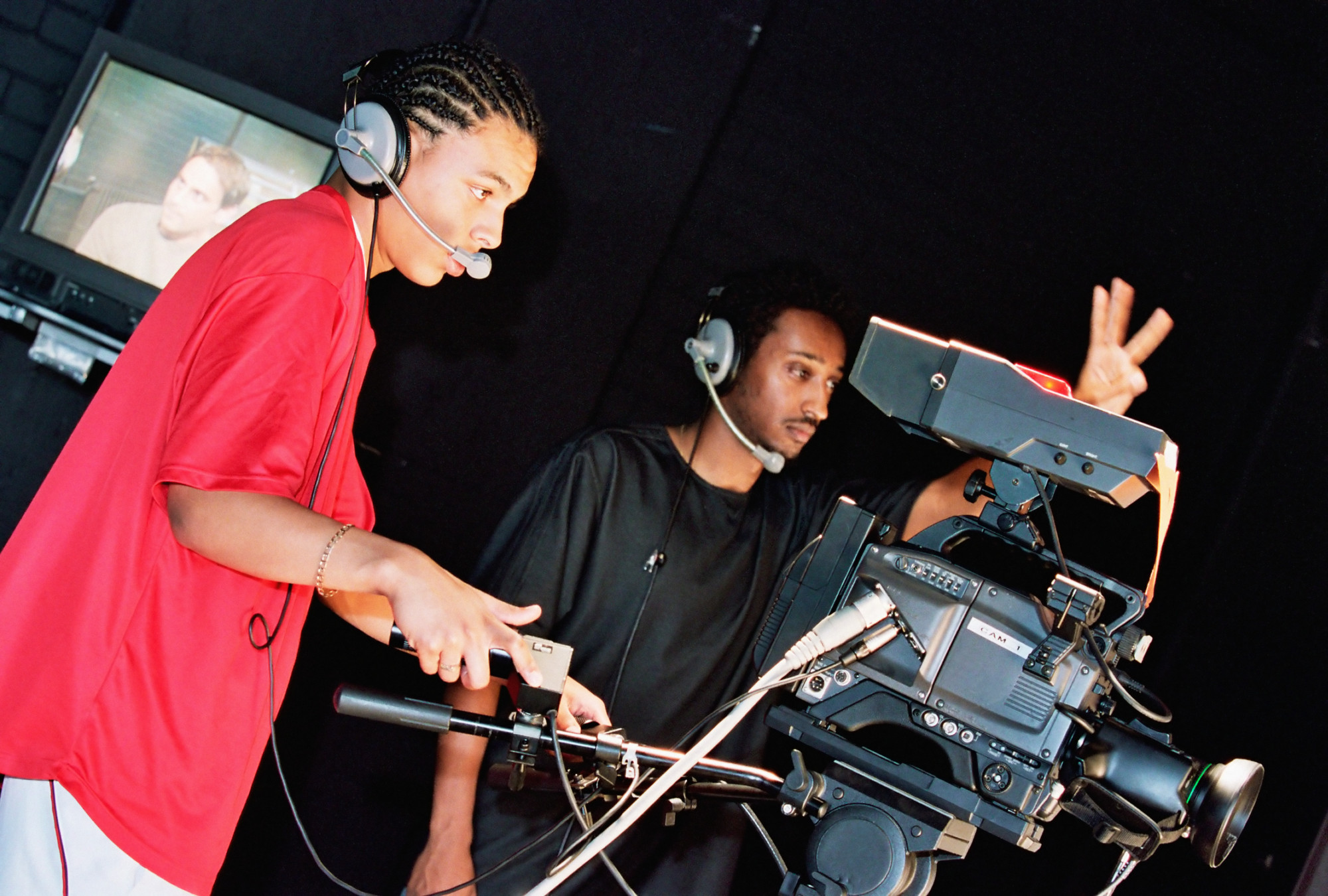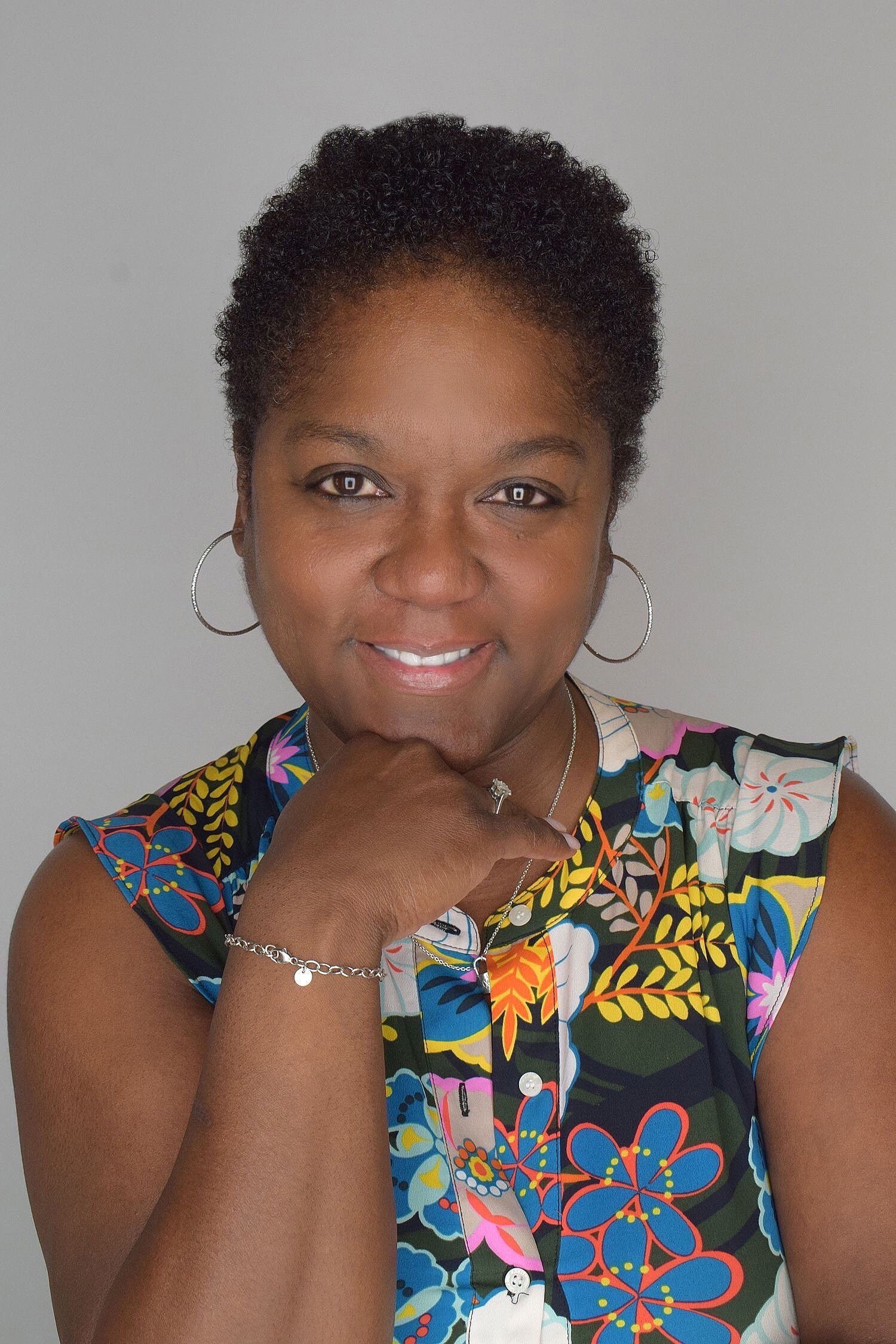
WASHINGTON—In 2020, the NAB announced the appointment of Michelle Duke, president of the NAB Leadership Foundation, as its first Chief Diversity Officer. In the new position—which is in addition to her work on the Foundation—Duke leads NAB’s internal efforts to further equity and inclusion at all levels of the organization and elevate NAB’s external role as a resource to NAB member companies in their own efforts to increase and promote industry diversity, per the announcement.

TV Tech recently sat down with Duke to discuss NAB’s efforts in providing more opportunities in a more diverse workforce.
TV Tech: You’ve been in your position now for a year and a half, and a very challenging one at that with the continuing issues with the pandemic. What has been your biggest challenge?
Michelle Duke: The fact that we’re not in one another’s presence has been fairly difficult but I think that in some ways that has opened up opportunities for us to have some of these conversations online helping broadcasters advance their own diversity strategies and inclusion in particular.
Creating an inclusive environment is tied directly to the culture within your organization, whether you’re inside of a particular building or not. And so, the biggest challenge for organizations is, ‘if I really want to do something, where do I start?’
For me, the biggest challenge is trying to determine how to create tools and products and resources that can meet the needs of our diverse membership. Our membership is incredibly diverse in radio and television, small, medium and large markets and networks or affiliates and there are independent owners and corporations and it’s difficult to try and be everything to everyone.
And so over time, I realized that the best thing we can do is be a conduit and serve as a resource and a connector to information and to create tools that can assist broadcasters as they start to build out their own strategies.
The professional video industry's #1 source for news, trends and product and tech information. Sign up below.
TVT: Can you highlight what current campaigns are initiatives that you and your staff are working on right now?
MD: We’ve launched our Diversity Equity and Inclusion Resource Center that includes consultants and training in resources like websites and papers that stations can use in developing their diversity strategies that fit any budget. Last year, we started a diversity symposium that would have been held at the show in October, but we did it virtually in November. And we plan to do that again in April at the NAB Show.
The symposium is a way for individuals who are either diversity practitioners in our industry and or responsible for leading the diversity charge at their station or their organization to meet and greet and listen to experts provide ideas and solutions on how they can continue to advance their diversity strategy.
We’re also looking at creating a playbook for broadcasters to assist them with their recruitment and retention efforts. When you talk about diversity, it’s so much broader than recruitment and retention. We’re also working with organizations that target diverse college students and individuals with the skills that we need for our industry. We’re targeting those organizations to build relationships and partnerships that will make it easier for broadcast and broadcasters to attract these individuals.
There are a lot of people who don’t really know about these types of careers in technology and engineering opportunities in the field in sales, for example. So when we talk about being a conduit, we’re looking at building relationships with organizations that can give us a platform to educate students about existing opportunities, and then take the next step to assist broadcasters with connecting to those students, so that they can be recruited into our industry.
TVT: The concept of offering a STEM (science, technology, engineering and math) curriculum even before college has gained traction in recent years. Can you comment on the importance of this?
MD: I think it’s incredibly important. I’d love to see our industry create our own STEM-oriented program at the high school level. I decided I wanted to be a journalist in high school, and I’m not suggesting that everyone makes that decision at that particular point in their lives, but if we can expose them to such opportunities earlier in life, that would be great.
TVT: Do you have a way of measuring success in your diversity efforts?
MD: Yes, we measure our success in terms of exposure with our Collegiate programs, so ‘how many students are now aware of and have an interest in careers in our industry and how does this translate into them being hired? With our Broadcast Leadership Training program, we measure in terms of promotions in the industry, and level of influence.
These are senior level executives, and we’ve had over 65% the last that we counted, promoted one or more times. In terms of people in the highest levels of the industry about at least 12 to 13 of them have been on the NAB Board and over 59 have purchased stations.
We look at attendance at our symposiums and internship participation levels, just to be sure that what we’re providing is what the industry needs, and to look for ways where we can improve the impact our programs have on the industry. l
Tom has covered the broadcast technology market for the past 25 years, including three years handling member communications for the National Association of Broadcasters followed by a year as editor of Video Technology News and DTV Business executive newsletters for Phillips Publishing. In 1999 he launched digitalbroadcasting.com for internet B2B portal Verticalnet. He is also a charter member of the CTA's Academy of Digital TV Pioneers. Since 2001, he has been editor-in-chief of TV Tech (www.tvtech.com), the leading source of news and information on broadcast and related media technology and is a frequent contributor and moderator to the brand’s Tech Leadership events.

